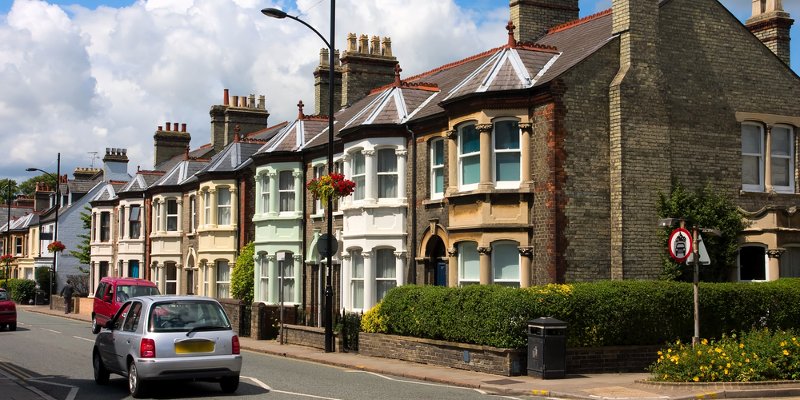IMLA estimated that nearly five million borrowers would have been expected to buy their first homes since the financial crisis, but only 2.5 million people became first-time buyers since 2008. This means more than 2.4 million Britons have yet to make their first step onto the housing market.

Millions ofBrits arestillwaiting for the chance to own their own home for the first timein the flat mortgage market, an IMLA report said.
IMLA estimated that nearly five million borrowers would have been expected to buy their first homes since the financial crisis, but only 2.5 million people became first-time buyers since 2008. This means more than 2.4 million Britons have yet to make their first step onto the housing market.
Kate Davies, executive director at IMLA, said: “We have had a robust recovery in lending volumes since thelow of 2010, and the continuing combination of steady inflation and low unemployment should underpin the housing and mortgage markets in 2019 and 2020.
“Intermediary-driven lending continues to go from strength-to-strength as more people than ever turn to a broker to find the most suitable mortgage.
“But the mortgage market isn’t fully functioning as one would expect. Record low rates and historically low loan-to-value (LTV) ratios, coupled with cash and household equity being injected into the housing stock, are more usually associated with a continuing period of recession.
“These are symptoms of a market that has failed to support first-time buyers and those moving up the housing ladder in the way it did for previous generations.
“Although low mortgage rates are supporting borrower affordability, high house prices and regulatory constraints on lending make it harder for borrowers to move onto the housing ladder.
“With the mortgage market now following a gentle trajectory, it is a good time for policy-makers and regulators to reassess the costs and benefits of the present regulatory structure, recognising that the impact on those locked out of homeownership can be considerable and lasting.”
IMLA’s ‘The New Normal: Prospects For 2019 and 2020’report found 449,000 35-54-year-olds entered owner occupation between 1996 and 2006 in net terms while owner occupation among the following cohort of 35-54 year-olds fell by 57% between 2006 and 2016 to just 191,000.
Althoughlow mortgage rates are supporting borrower affordability,high house prices and regulatory constraints on lending post-crisis, are key reasons for difficulties in borrowers moving onto and up the housing ladder.
This includes the need to stress interest rates against significant future increases to determine affordability.
IMLA predicted mortgage market to remain steady in the face of wider economic uncertainty.
According to the report, 2019 gross mortgage lending will total £269bn, broadly unchanged from 2018’s level.
And, while remortgaging has been the main driver of increased lending over the past few years, IMLA predicted this to be broadly stable too, at £102bn in 2019.
Looking forward, given the flat picture in the housing market and the underlying shift from remortgage activity to product transfers as seen in 2018, IMLA expected a slight dip in both lending and remortgaging in 2020.
With a need for more lending options for those trying to get onto the housing ladder, thereport suggested that, due to a broad downward trend in mortgage lenders’ spreads, lenders have been encouraged to look to higher LTV lending to maintain profitability.
The report predicted buy-to-let lending will fall 6% to £36bn in 2019 and £35bn in 2020, with landlords purchasing 59,000 rental properties in the coming year, down from 66,000 in 2018.
While the market will remain flat, IMLAnoted that lending via intermediaries will increase as more borrowers seek expert advice to navigate a tough market.
Mortgage brokers undertook 74% of mortgage lending by volume in 2018, the highest share on record, and IMLA expectedthis trend to continue.
Intermediary lending will rise to £169bn in 2019, and £171bn in 2020, as the share of lending introduced by intermediaries rises to 75% in 2019 and 76% by 2020.



